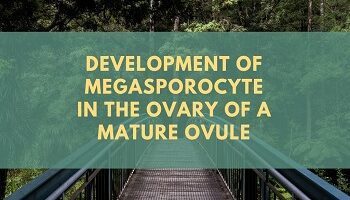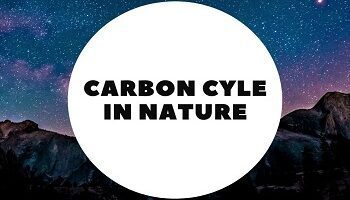Table of Contents
What is Skeletal System?
The hard parts of an animal body present inside or outside the body collectively form the skeletal system or Skeleton.
Types of Skeleton:
Skeleton is of two types- Exoskeleton and Endoskeleton.
Exoskeleton:
It is protective and supportive framework present outside the body. An exoskeleton is made up of hard structures or dead tissues. It is present in invertebrates as well as vertebrates.
Calcareous shells of Snails (Molluscs), Chitinous and sclerotized plate of insects (Arthropods) are examples of the exoskeleton in Invertebrates.
Scales (Dermal) in fishes, epidermal scales in reptiles, feathers, hairs, claws, nails, hoofs, horns in birds and mammals are the examples of the exoskeleton in Vertebrates.
These structures develop from the epidermis (except scales of fishes) of the skin. They are chemically formed of a non-living protein called Keratin (horn) protein. Of these only hairs and nails occur in man.
Endoskeleton:
It is the hard supportive structure which occurs inside the body of an organism. It is present in invertebrates as well as vertebrates.
In Vertebrates, endoskeleton is formed of bones and cartilages. These structures develop from the mesoderm and are living tissues.
Some Invertebrates such as corals and Echinodermata also have an endoskeleton. It is horny or calcareous.
Bones and Cartilages are specialized rigid connective tissues. Bones are the hardest components of endoskeleton as these have heavy deposits of calcium, magnesium and phosphorous in them. They have great tensile strength. Depending upon their formation, the bones are grouped into three categories- replacing (Cartilaginous) bones, membranous (dermal) bones and sesamoid bones.
Cartilages are softer than bones. Some vertebrates such as cartilaginous fishes have an exclusively cartilaginous endoskeleton. But most of the vertebrates, including man, have endoskeleton made primarily of bones, but some part of endoskeleton are cartilaginous also. The cartilages act as a shock absorber.
Functions of Skeletal System:
- Support- The skeletal system forms a rigid framework, which gives support to the body against gravity. This is one of the main function of this system.
- Shape- It gives and maintains a specific shape of the body.
- Protection- It protects the delicate internal organs of the body. Example- Brain and spinal cord are protected within the cranium and vertebral column. Heart and lungs are protected by the thoracic cage. Eye and ears are protected by the skull.
- Muscle Attachment- It provides a surface for the attachment of tendons of various skeletal muscles and ligaments.
- Movements- Due to the contraction of the muscles, the bones or their parts are able to change their positions. These movements of bones bring out the movements of body parts and the organism.
- Blood Cell Formation- Bone marrow inside the marrow cavity of a long bone (femur) act as a haemopoietic tissue and forms erythrocytes (RBCs) and granulated leucocytes (WBCs). This process is known as haemopoiesis.
- Hearing- Bony ossicles in the middle ear help in hearing.
- Breathing- Cartilages of the larynx and trachea and the ribs help in the process of breathing.
- Sound Production- The cartilages of the larynx (cricoid, arytenoids and thyroid) help in sound production.
- Acts as a reservoir- It stores minerals such as calcium and phosphate. Fat (Triglyceride) is stored in the yellow bone marrow in the form of adipose tissue and represents a source of stored energy for the body.









Comments (No)